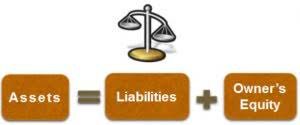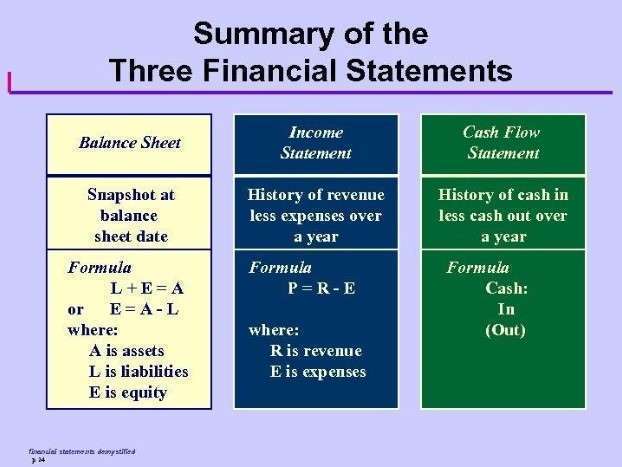Using small business accounting software centralizes overhead tracking and analysis. Features like automated categorization and reporting provide real-time visibility into overhead costs. By factoring in overhead costs in this manner, the company arrives at a more accurate COGS.
- The actual overhead rate enables the recovery of the actual amount of overhead.
- The predetermined overhead rate also allows businesses to easily calculate their profitability during the period without waiting for the actual results of its operations.
- Small companies typically use activity-based costing, while large organizations will have departments that compute their own rates.
- The cost of goods sold consists of direct materials of $3.50 per unit, direct labor of $10 per unit, and manufacturing overhead of $5.00 per unit.
- Rather than lump overhead costs into one expense account, businesses should allocate fixed and variable overhead to departments.
- However, if the business sets the price of the same product as $1, without considering its cost, then the business will make huge losses on the product.
Which of these is most important for your financial advisor to have?
This predetermined overhead rate involves categorizing all overhead costs and regularly analyzing them to identify potential savings. The key is choosing an appropriate cost driver – like machine hours in manufacturing or headcount in sales – to distribute overhead expenses. Rather than lump overhead costs into one expense account, businesses should allocate fixed and variable overhead to departments. Departmental overhead rates are needed because different processes are involved in production that take place in different departments.

What is the formula for overhead in cost accounting?
Discover the top 5 best practices for successful accounting talent offshoring. Learn about emerging trends and how staffing agencies can help you secure top accounting jobs of the future. Obotu has 2+years of professional experience in the business and finance sector. She enjoys writing in these fields to educate and https://www.bookstime.com/ share her wealth of knowledge and experience. Our writing and editorial staff are a team of experts holding advanced financial designations and have written for most major financial media publications.
Great! The Financial Professional Will Get Back To You Soon.
We can calculate predetermined overhead for material using units to be allocated. For example, we can use labor hours worked, and for calculating overhead for the store department, we can use the quantity of material to be used. Predetermined overhead rates are essential to understand for ecommerce businesses as they can be used to price products or services more accurately. They can also be used to track the financial performance of a business over time. Predetermined overhead rates are also used in the budgeting process of a business. As discussed above, a business must wait until the end of a period to know the actual performance in terms of overheads incurred.

- In this article, we will cover how to calculate the predetermined overhead rate.
- One of the advantages of predetermined overhead rate is that it can help businesses monitor overhead rate.
- For these reasons, most companies use predetermined overhead rates rather than actual overhead rates in their cost accounting systems.
- A pre-determined overhead rate is normally the term when using a single, plant-wide base to calculate and apply overhead.
- But before we dive deeper into calculating predetermined overhead, we need to understand the concept of overhead itself.
- This involves categorizing all overhead costs and regularly analyzing them to identify potential savings.
Finance Strategists has an advertising relationship with some of the companies included on this website. We may earn a commission when you click on a link or make a purchase through the links on our site. All of our content is based on objective analysis, and the opinions are our own. To conclude, the predetermined rate is helpful for making decisions, but other factors should be taken into consideration, too. This option is best if you have some idea of your costs but don’t have exact numbers. Once you have a good handle on all the costs involved, you can begin to estimate how much these costs will total in the upcoming year.
There are concerns that the rate may not be accurate, as it is based on estimates rather than actual data. In addition, changes in prices and industry trends can make historical data an unreliable predictor of future overhead costs. Finally, using a predetermined overhead rate can result in inaccurate decision-making if the rate is significantly different from the actual overhead cost.

Predetermined Overhead Rate Formula
(c) Last but not least, we normally use a rate per unit to calculate the predetermined overhead rate when all units are identical. The choice of selecting any absorption basis depends on the judgment and common sense; especially depends on the type of the manufacturing activities. In addition, it also depends on the requirement which enable the calculation of predetermined overhead rate to realistically reflect the characteristics of a given cost center and which avoids undue anomalies. This consolidates overhead cost information from multiple sources, including payroll, point-of-sale, billing and more. With a unified data set, generating financial statements and calculating accurate overhead rates is streamlined. This rate would then charge $4 of overhead to production for every direct labor hour worked.
Can be Used in the Budgeting Process
When there is a big difference between the actual and estimated overheads, unexpected expenses will definitely be incurred. Also, profits will be affected when sales and production decisions are based on an inaccurate overhead rate. Hence, it is essential to use rates that determine how much of the overhead costs are applied to each unit of production output. This is why a predetermined overhead rate is computed to allocate the overhead costs to the production output in order to determine a cost for a product. The predetermined overhead rate is, therefore, usually used for contract bidding, product pricing, and allocation of resources within a company, based on each department’s utilization of resources.
What is your current financial priority?
While per unit material and labor costs can easily be estimated using simple calculations, to calculate the overhead costs for a single unit, a business must know how to calculate predetermined overhead rate. These rates can be calculated using predetermine overhead formula by using estimated income summary manufacturing overheads and estimated units of production or other valid basis. There are many reasons why businesses need to calculate predetermined overhead rates, although, they may have some limitations. Added to these issues is the nature of establishing an overhead rate, which is often completed months before being applied to specific jobs. Establishing the overhead allocation rate first requires management to identify which expenses they consider manufacturing overhead and then to estimate the manufacturing overhead for the next year. Manufacturing overhead costs include all manufacturing costs except for direct materials and direct labor.
